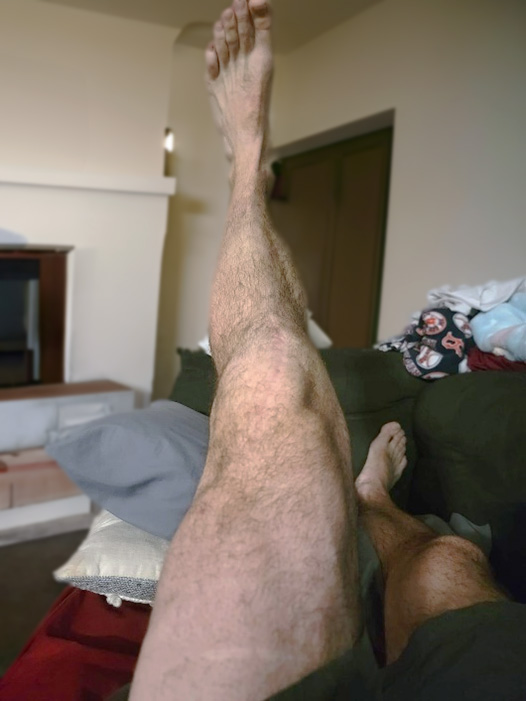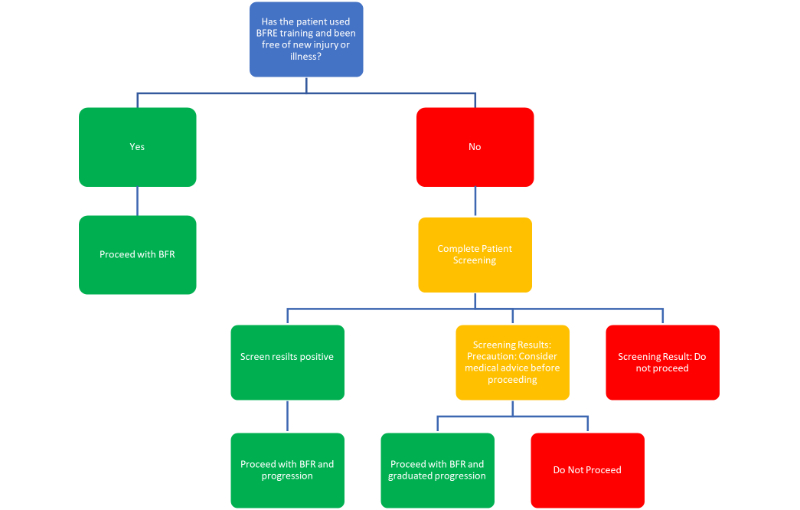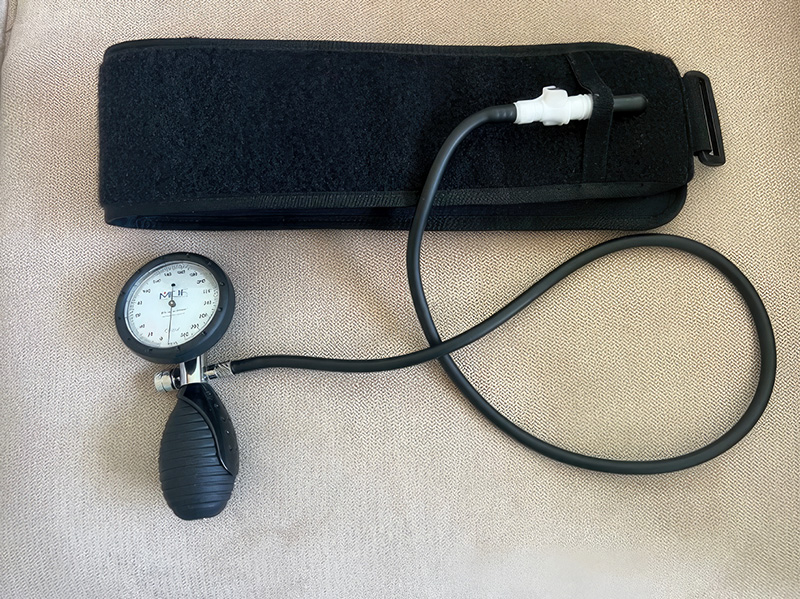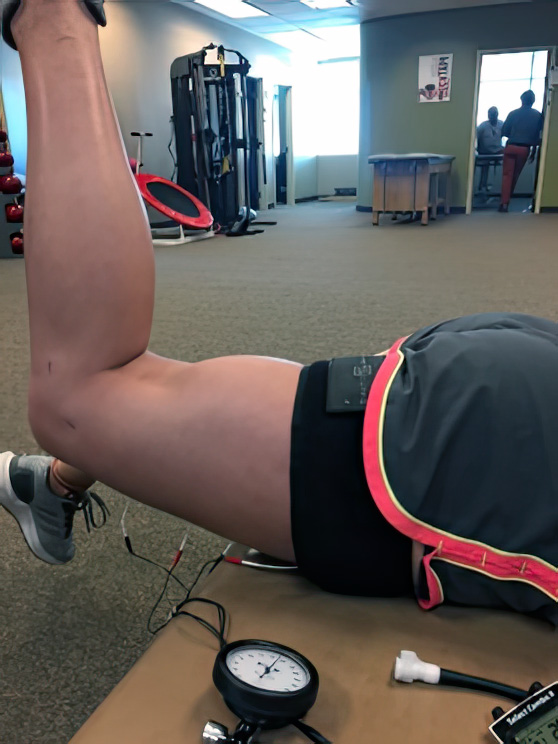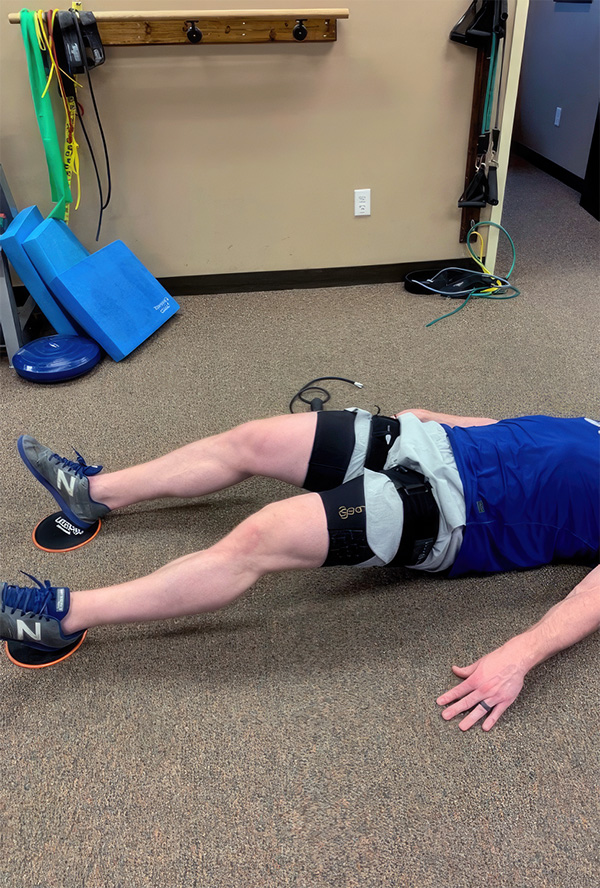Similar to findings in younger populations, BFRT has been shown to effectively increase muscle mass and strength, prevent atrophy, and facilitate pre- and postoperative injury rehabilitation in the older adult population when compared to traditional training methods (typically body weight or low-weight resistance exercise) (Centner et al., 2018; Yuan et al., 2023). It has also been shown to effectively improve older adults' cardiovascular function and aerobic capacity (Yuan et al., 2023). In addition to decreased physical capabilities, aging is often associated with cognitive decline. There is substantial evidence that resistance training works to combat both physical and cognitive decline. In 2018, a study was published indicating that BFR can boost the efficacy of resistance training regarding cognitive performance (Törpel et al., 2018). Resistance training is thought to improve cognition through various factors, including increased release of IGF-1 and serum GH. Cognitively, these hormones have been associated with the following (Törpel et al., 2018):
- Proliferation, differentiation, survival, and migration of neuronal progenitors
- Synaptic processing
- Angiogenesis in the brain
- Neuroprotection
- Axon growth
- Dendritic maturation
- Synaptogenesis
It is also assumed that there is a relationship between IGF-1 levels and neurodegenerative diseases. As outlined in previous sections of this course, one of the metabolic effects of BFRT is a significant increase in IGF-1 and GH production compared to both high and low-intensity resistance training (Törpel et al., 2018).
The existing and continued research proves that BFR with low-intensity resistance training can be applied to many chronic diseases older adults are prone to experience. Additionally, since it is a low-load and low-intensity exercise, it does not produce high mechanical pressure on the often-compromised joints of older adults. This type of training provides an effective treatment intervention and training strategy for some elderly adults.










